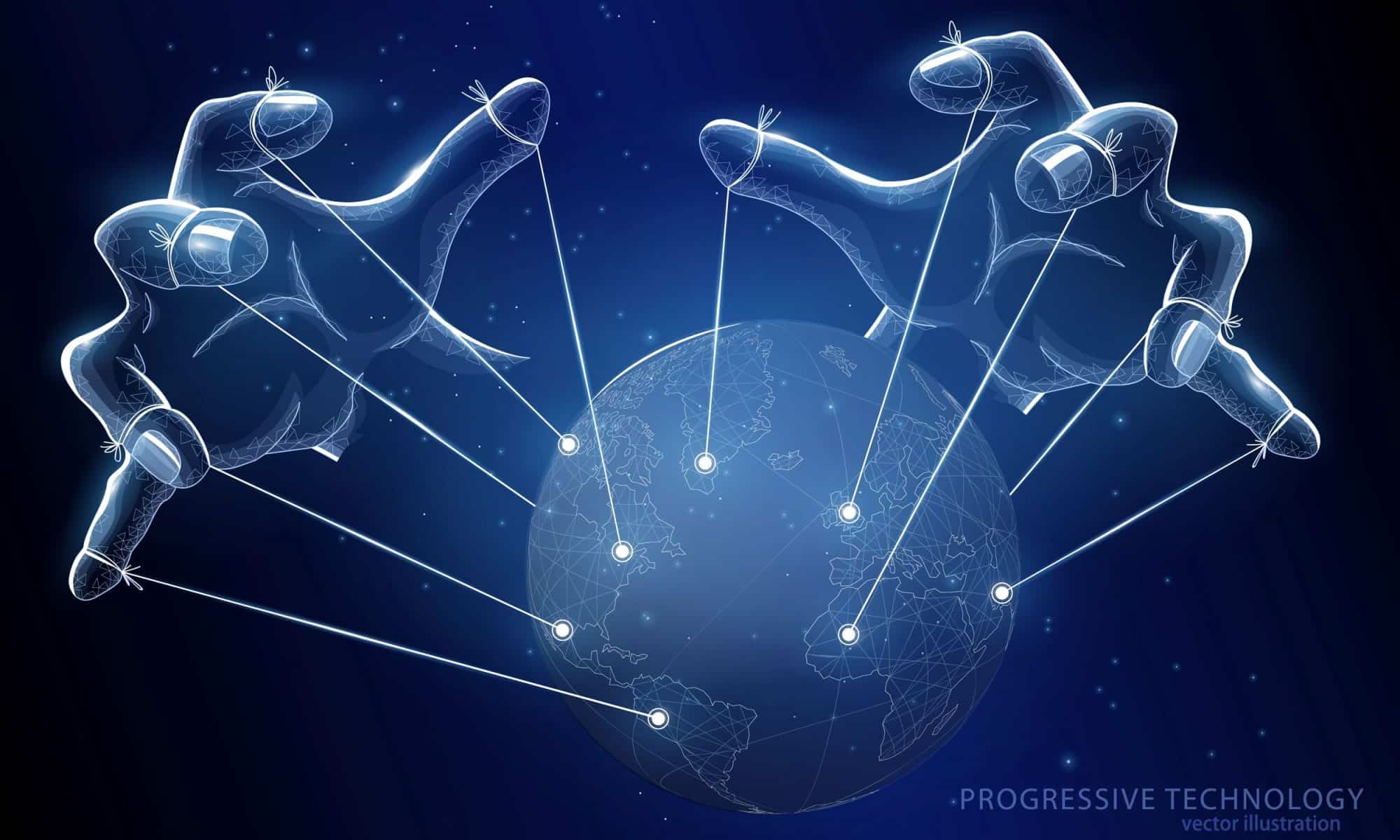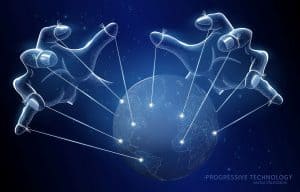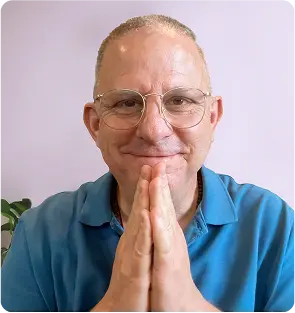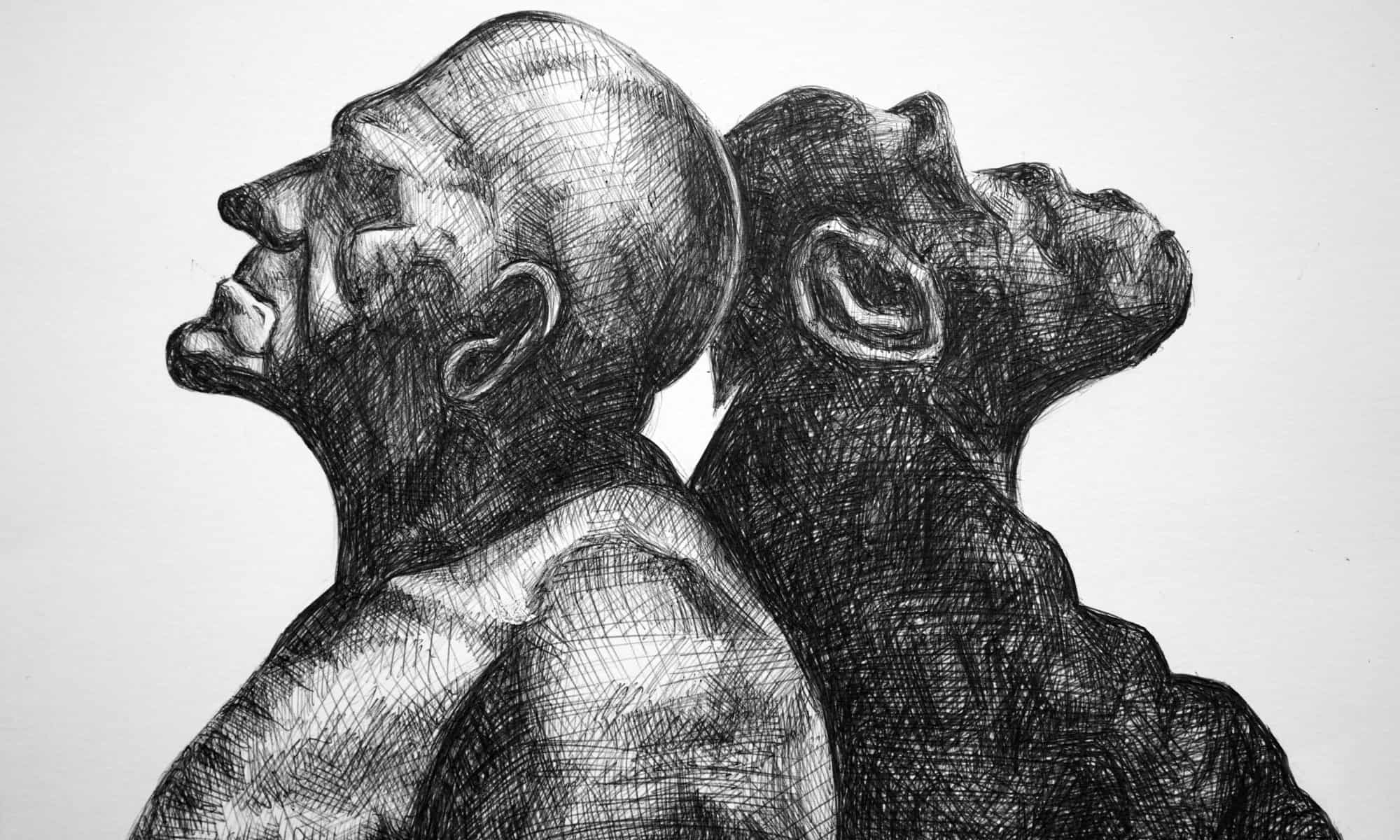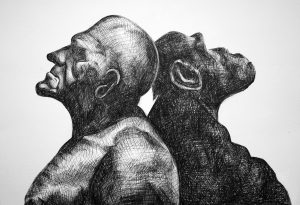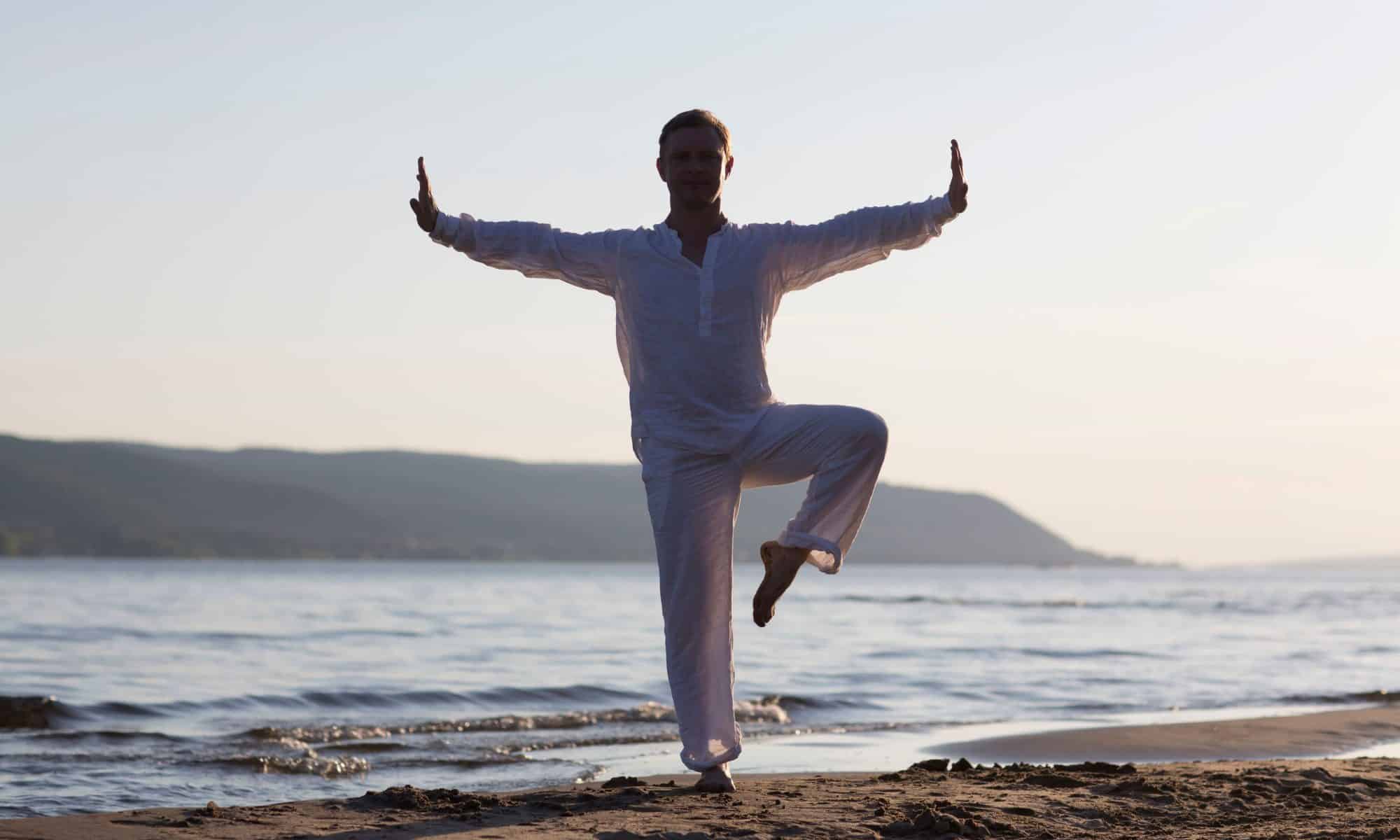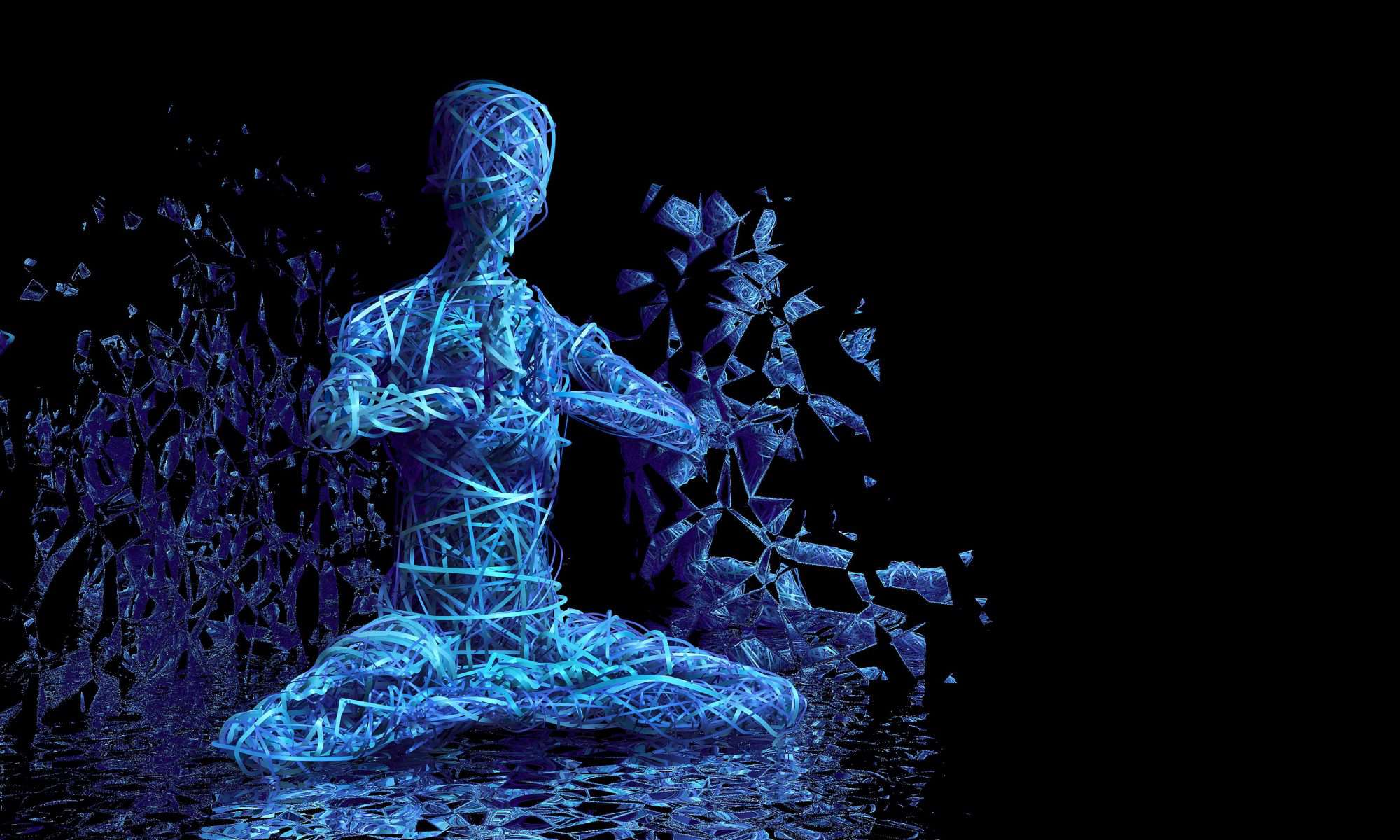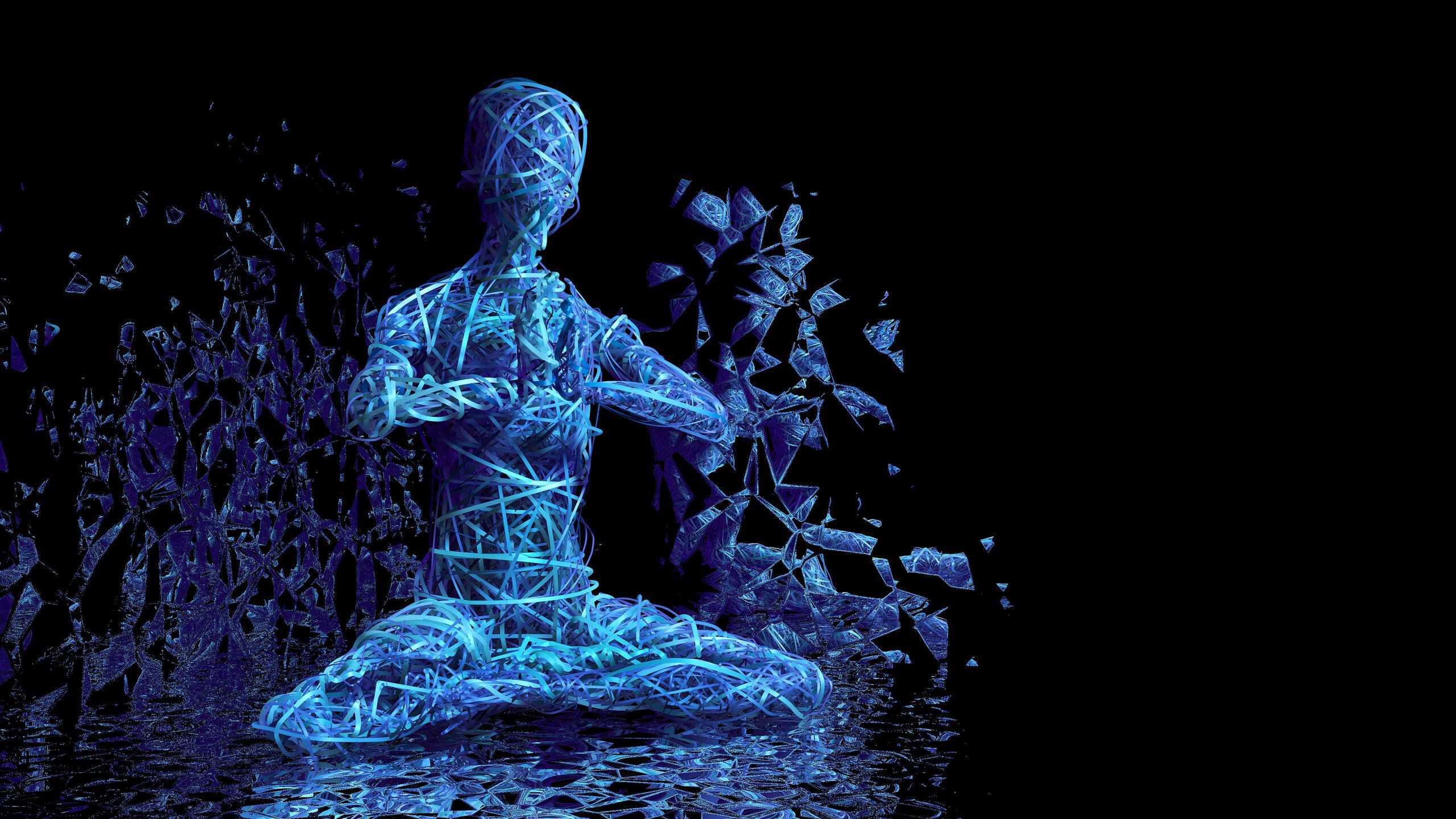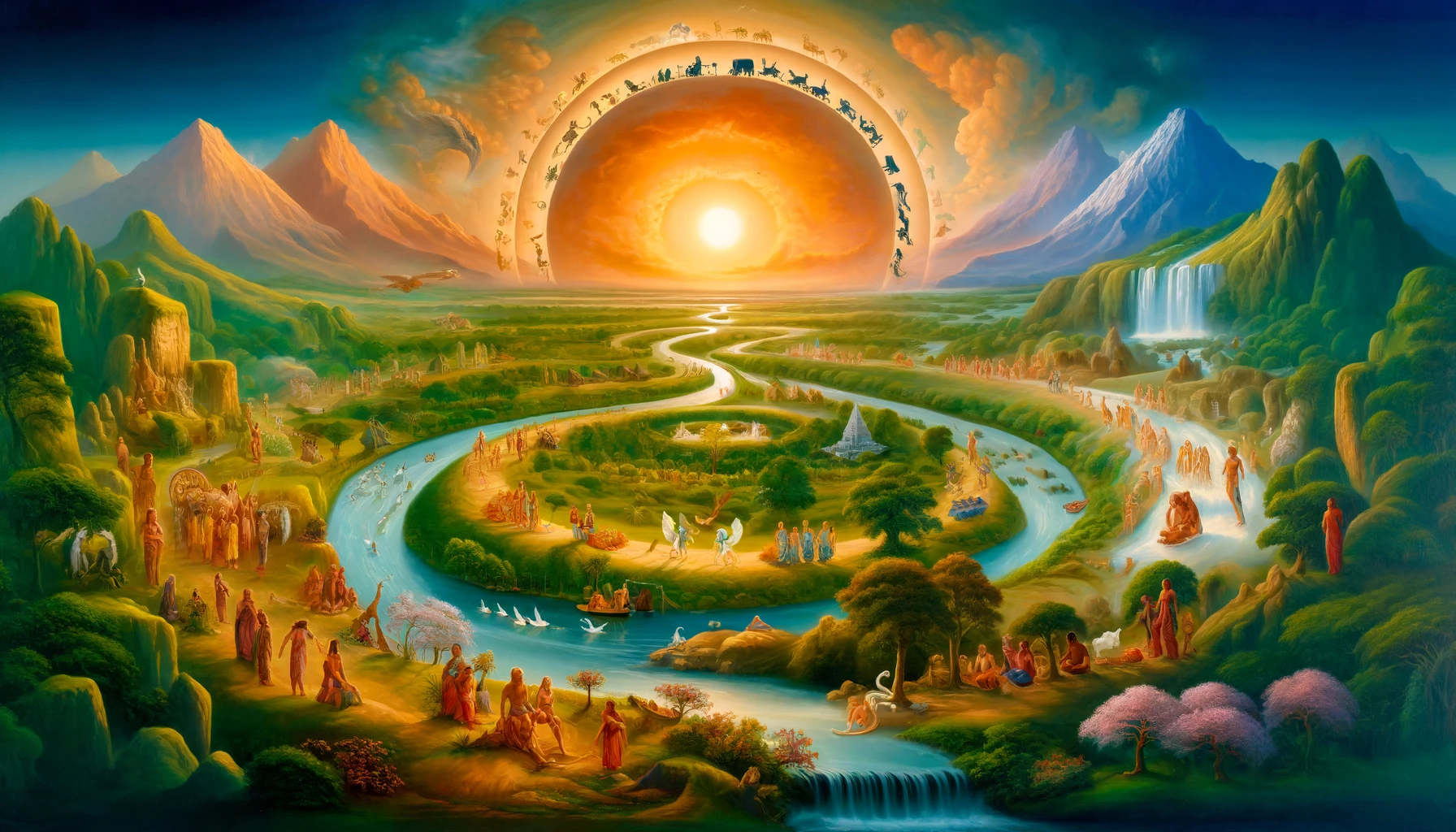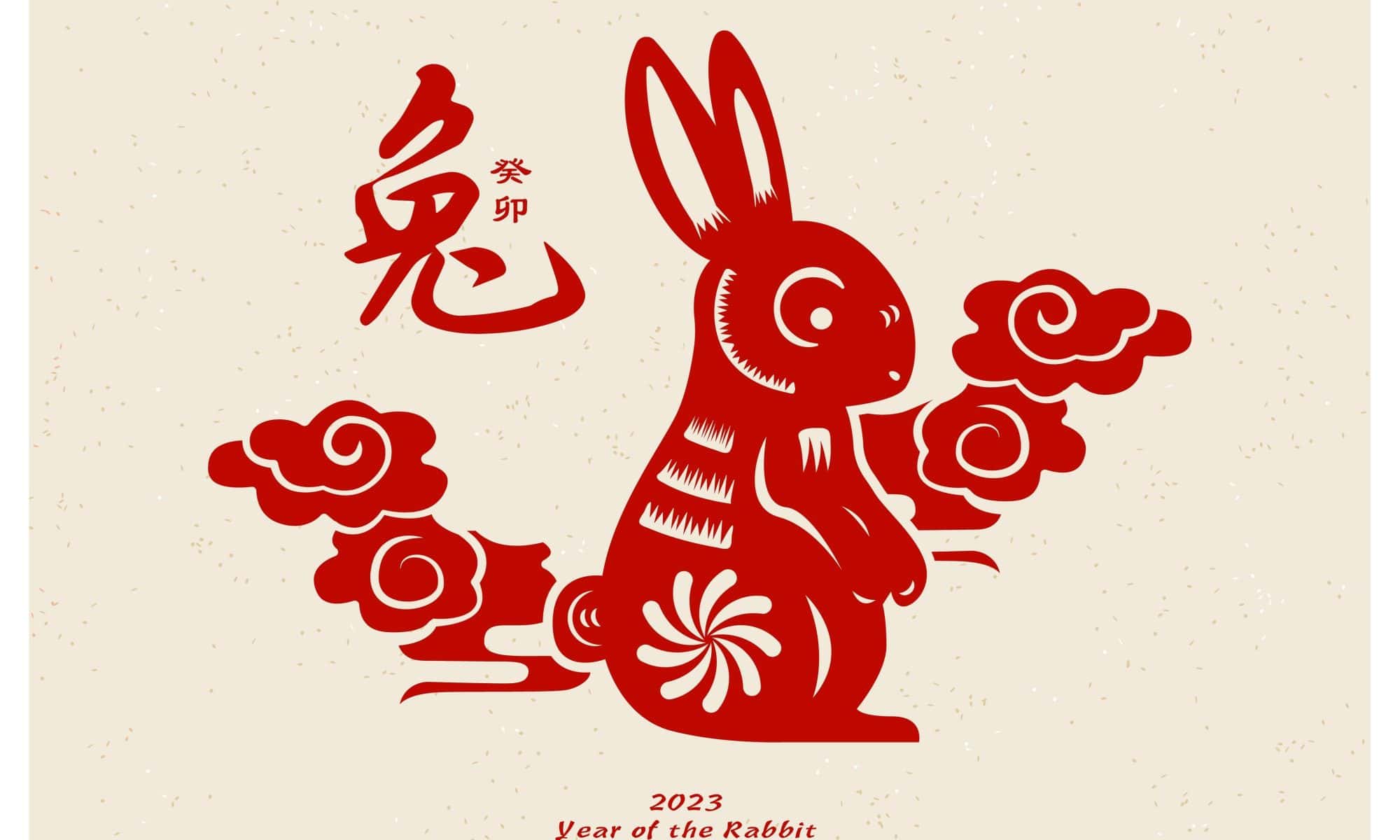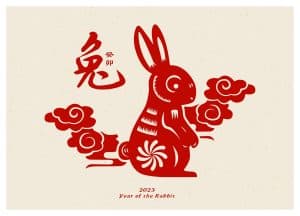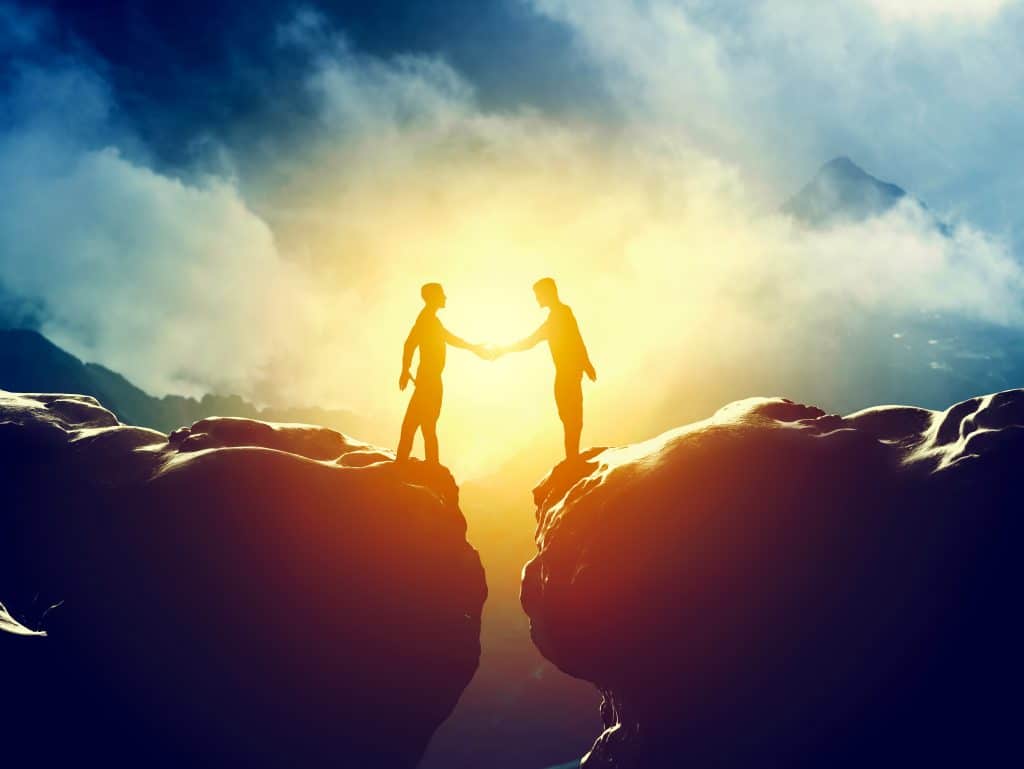The Conspiracies & Theories That Are Unwinding Virtue And Compassion
Every individual in every demographic across the globe has their own life experiences, struggles, and accomplishments. While this thing we call “life” is universal, what life looks like to every one of us is drastically different. Embracing that each person has their own identity, struggles, and points of view is key to harmony and love in our Universe, and yet that is often what is standing in the way of our happiness.
Often, what we think comes first, and other people’s emotions and opinions come second. Unfortunately, this means that genuinely connecting with others and expanding our minds becomes nearly impossible. If we want a world of virtue and compassion, we must be a source of that virtue and compassion, not the bullshit “woke” that everyone claims that they are.
Opposing our loving efforts is what many are now calling an “infodemic.” Aside from the pandemic sweeping the globe, we also have a rapid-fire inundation of “information” and “data” from millions of sources, all competing for our attention and seeking to persuade us of their “truth.” This infodemic is fueling conspiracy theories that turn us against each other. We must address these theories, pinpoint their sources and motivations, and work to dismantle them.
Anti-Chinese Theories
Americans are very familiar with anti-China rhetoric. Past Presidents have warned against China’s motivations and dealings behind closed doors. Behind these anti-China feelings is the lack of experience and understanding of China throughout history and how their experiences and belief systems have shaped their culture. With every observation about another culture or government, we must first preface our discussion to acknowledge that someone else is not wrong just because they don’t think, look, and act the same as we do.
Nothing on our planet can be exactly perfect, especially not when human beings construct it. We are not perfect and therefore cannot expect to create an ideal political structure–we can only do our best to set a guide that we think will ascertain justice while functioning within the global economy. China is an extremely old civilization and has evolved to function within modern society in its own unique way, while America is one of the youngest nations and has not been tested by many of the other historical events that other countries have weathered.
Anti-China sentiments in the past have ranged from racist beliefs about the Chinese individuals to conspiracy theories about their government. The main source of these conspiracy theories is the wide disconnect between America’s democratic political structure and China’s communist political structure, combined with a history of anti-Communist sentiment stemming from WWII. Americans, who tend to be extraordinarily nationalistic and tie their political leanings to morality, see China and its communist structure as a threat to their way of life. Any spreading of Communist China’s ideas into American land leaves many Americans uneasy, motivating anti-Chinese conspiracy theories.
While these conspiracy theories aren’t new, they’re certainly renewed due to the Coronavirus pandemic. From the beginning, theories have been rising and evolving surrounding China’s involvement in the virus’s origins. These conspiracies have infected the hearts of the minds of others to the point that Chinese individuals outside of China have been attacked verbally and physically in public. At the same time, China is not an innocent victim–the government has been known to spin conspiracies of its own in order to deflect blame for past faults and stop rhetoric against their practices.
These misinformation wars only hurt us as humans. Instead of meeting on common ground and tackling problems rationally as a united race, we’ve been kicking issues down the road and playing the blame game. To find harmony with each other, we must show compassion and work together to move forward.
Anti-Vax Movements
Similar to anti-China theories and sentiments, anti-vax conspiracies aren’t new. For as long as we have had vaccination technology, people have been skeptical of the science’s effects and motivations. Notably, the 1800s saw anti-smallpox vaccination movements in both Europe and the U.S. When we developed vaccinations for diphtheria, pertussis, and tetanus, and started distributing the MMR vaccine, we had anti-vaccination movements for those, too. Vaccination conspiracies ran so deep that they resulted in anti-vaccination leagues.
At first, vaccination conspiracies needed to spread literally by word of mouth and print publications. Now the internet, full of social media platforms and opinion-based websites, makes it so much easier to spread hysteria and misinformation with very few standards for reliable sourcing. Not helping the matter is the decreasing levels of trust in news networks, publications, and leaders in both the medical community and politics. When the public trusts no one, conspiracy theories abound.
The COVID-19 pandemic showed just how much the lack of trust in leaders and the rapid spread of misinformation could spur conspiracies and get in the way of listening to recommended safety measures. Theories rose about how the companies producing the vaccines were only motivated by money, hospitals were faking COVID statistics, and vaccines were actually a mechanism to plant trackers in everyone. Making it worse were those who continually disparaged people who were genuinely scared of getting vaccinated–the lack of compassion and understanding on both sides only fueled these conspiracies. It made people dig in their heels even more.
The results of these conspiracy theories, fueled by uncompassionate pro-vaccination people, the rapid spread of misinformation, and distrust in leadership, is the loss of virtue and sense of responsibility for others. People, too worried about the consequences of masking and vaccinating for themselves, lose sight of how their refusal to mask and vaccinate during COVID affects others. As a result, those who have chronic and terminal illnesses, can’t be vaccinated, or are otherwise extremely vulnerable to severe consequences of catching the virus, are left to fend for themselves and cower in fear.
Not many are willing to do it, as it seems humans have an intrinsic tendency to take sides and fully disown those who do not align with them, but some people have attempted to build bridges. Many health professionals have attempted to offer an olive branch to anti-vaccination advocates, offering their professional advice compassionately. Some academics and thought leaders have attempted to trace the history of the anti-vax movement and conspiracy theories in general to pinpoint the reason why so many people fall into the traps of misinformation.
By fully understanding the feelings and motivations of both sides of the argument, we can work together as a human race to find solutions and make the world safe for everyone.
Antisemitic Conspiracies
Of course, old recurring conspiracy theories and sentiments do not stop at anti-Chinese and anti-vaccination movements. Antisemitism has existed for as long as the Jewish faith has, and that’s an extremely long time. The Bible and the Talmud accounts for many of the original social and political efforts to enslave and slander the Jewish people, including the Egyptians, Romans, and Persians. Modern history shows a very similar story, marked by the Holocaust and hatred in the Middle East.
In current day America, we are not free of antisemitism, either. To this day, anti-Jewish sentiments and theories abound. While the Jewish population only makes up a small amount of the American population, they generally are a very successful demographic. Many people note that they dominate very financially lucrative industries, and this causes both jealousy and skepticism in other sections of the population. Some people claim that Jews are part of an elite group that runs the world and that they plot to wipe out white Christian society.
Even if you’ve never heard of any other conspiracy theories about the Jews, you’ve likely heard of the Rothschild family. This family, which is the most wealthy family in the world, happens to be Jewish. They also happen to be at the center of the most deep-rooted and perpetuated conspiracy theories revolving around the “one-world order.”
It’s true: people do make decisions based on money. They do make bad decisions, in fact, and often act with selfish motivations. Conspiracy theories, however, often are based in the fact that a single demographic or group of people has the power to hold total control over the entire world to the extent that everyone is in on the scheme except those who are “woke.” Much to conspiracy theorists’ dismay, this is barely possible. When we can never agree with even our close family and friends, how can we believe that everyone on the planet could conspire and uphold such a mighty plan without ever slipping up or saying something that could give away their plans?
Proof? History shows us that even extremely mighty and conniving forces who have sought to take over the world were incapacitated by everyone else who knew their bad motivations and stepped up to stop it. Most famously, the Nazis’ terrible motivations and plans were eventually revealed as stopped by global forces.
In other words, if there was a reason to have suspicions about the motivations of Jews, it wouldn’t be something we’d need to speak about in hushed tones or wonder about without hard evidence.
Climate Change Denial
The jury is still out on what motivations some have for denying climate science, but vocal groups have been spinning rhetoric for years to undermine the efforts of scientists and those making sustainable changes to their daily life. Over years, scientists have been polling at over 99% agreement that the climate is changing and humans play a major role in that change. The Intergovernmental Panel Of Climate Change (IPCC) has been tracking and reporting that the number one cause of climate change since 1750 is increased CO2 production due to deforestation and the advancements that came from the industrial revolution.
While climate scientists are continually compiling data on the changes in the earth’s climate and the root causes, many people claim that the entire concept is a hoax. Particularly among conservative media, groups have claimed that climate scientists are part of a conspiracy to fake data and corrupt the peer-review process. They believe that the reports have been doctored to prove climate change despite evidence that it is the earth’s natural process or not a concern at all.
Most likely, climate change deniers truly believe that climate change is a hoax and feel they have seen persuasive evidence of the conspiracy. This denial is combined with an overall distrust in government and scientific leaders who are increasingly losing their standing with much of the public. Many groups are convinced that governmental powers and experts are swayed by money and selfish gains, so perpetuating a climate change hoax could be in their favor. This is even truer for people who want to keep power in the hands of local small governments rather than handing all control over to centralized, big governments since many political leaders have taken action to impose sweeping limitations on the use of certain unsustainable products or practices.
Further, many sustainable companies have popped up to offer “green” products and services in the face of climate change. Of course, when profit is involved in the pursuance of an otherwise good cause, motivations and intentions are called into question. Many believe that green companies are a scam, taking advantage of the climate crisis to profit from people’s fear and desire to improve their lifestyles. Not helping this matter is the fact that many large companies have muddied the waters for what it means to be sustainable and meet true standards for helping the environment, causing several PR scandals and perpetuating false advertising.
Again, it’s important not to enter the conversation as judgemental and arrogant. Most people do not make claims or believe in conspiracies just to cause frustration or perpetuate bad practices. Climate change deniers have good intentions, such as protecting their families from what they perceive is an unnecessary fear, trying to keep their businesses afloat in the face of limiting policies, and genuine distrust of leadership.
On the other hand, it’s important to consider what ignoring climate change warnings will do for the global population and future generations. Countries throughout the world are feeling the real threat of climate change imminently, such as in Venice, where the city is increasingly underwater, and our Great Barrier Reef, which increased water temperatures have bleached. As temperatures continue to rise and make the climate less habitable, many countries’ cash crops will die off and no longer grow, such as coffee and maize, leading to economic disasters.
All of this is to say that denying climate change is not just a matter of protecting ourselves now. Continuing to ignore the reality of climate change fundamentally fuels a lack of care and responsibility for others. The lack of compassion for how the effects of climate change will affect our own lineage and the generations that live around the world is a serious issue for how we live together as a race on this planet.
Government-Mandated School Shootings
Of all the tragedies that frequently occur in America, one of the most terrifying and depressing is school shootings. Parents looking for an education and chance to grow for their children send their kids as young as 4 and 5 off to public schools and educational programs. Now, every goodbye kiss before school seems like it’s laced with impending doom. Every day, eight children are killed by gun violence, and guns are the leading cause of death among those under 18.
As a country, we should be absolutely stunned by these facts, and yet large groups of people deny that laws should limit gun ownership and usage. Further, groups of people are claiming those school shootings aren’t just coincidences—the government mandates them to push for radical gun control and incite further divide among party lines. Many of these conspiracies even link George Soros, a commonly targeted man for antisemitic theories.
These conspiracies involve “crisis actors,” which many claim are also at the heart of the media’s coverage of other politically-fueled controversies such as events involving the Black Lives Matter movement. These crisis actors, according to theories, are paid to play a part in the events themselves and as interviewees on news networks. Their goal? To push agendas of gun control advocates and force strict laws on gun ownership.
People who believe in the conspiracy theories, as much as they might genuinely believe them, forget what perpetuating these theories can do to the real victims and those around them. Hate mail and threats of all kinds from more malicious people stream in to harass and abuse those who are already suffering so tragically from these events. The concerns of kids and families about being safe at school are dashed and ignored. Ultimately, it becomes even more difficult to introduce measures that will keep schools safe and save lives.
REMEMBER!
It is okay to ask questions and have concerns about other peoples’ motivations. After all, the world isn’t made up of only beautiful and pure things. It is great to be cautious, but it is even greater to remember that your speech and actions have consequences. Remember to always be compassionate to those around you and stay aware of how your speech might incite violence or harm, even if you don’t intend it to.
You are a beautiful Living Being filled with light and love, born from stardust. You are unlimited potential in every direction. With a focus on discipline, virtue, and your own goodness, you can become as expanded and liberated as you desire.
Pray for others and the Universe prays for us.

